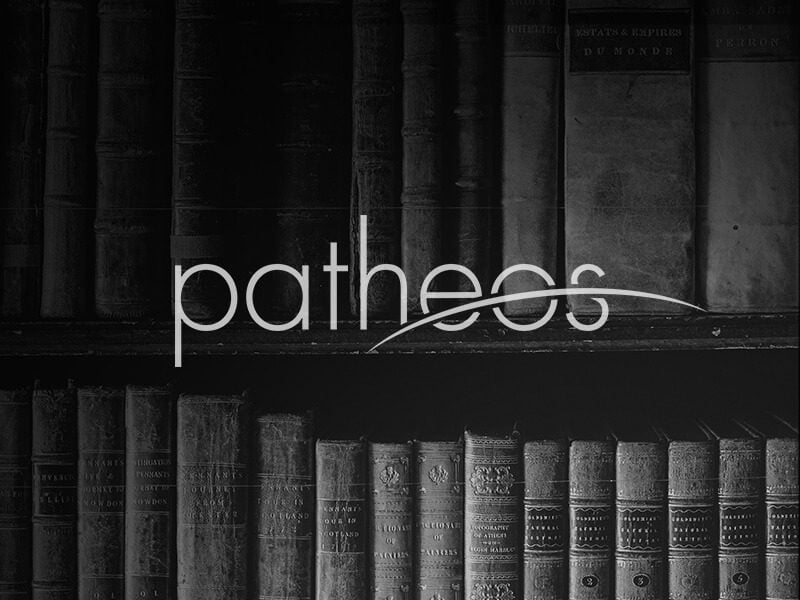Fleming Rutledge
Advent: The Once & Future Coming of Jesus Christ
Grand Rapids, MI: William B. Eerdmans, 2018.
Available at Eerdmans and Koorong
By Laura Thierry
Perhaps one of the most delightful, if curious, ‘church trends’ over the last few decades, amongst a broad range of Christian traditions and denominations, is the turn back to the treasure trove of formational goodness that is the Church’s liturgical life. It is into this movement that Fleming Rutledge’s delectable Advent: The Once and Future Coming of Jesus Christ presents itself. As an introduction and companion to the first (and last – depending from which angle you look at it) season of the Church year, this substantial volume offers the Church a much needed vision for living as God’s peculiar people in the now-and-not yet Kingdom of God. For, as she states, “Of all the seasons of the church year, Advent most closely mirrors the daily lives of Christians and of the church, asks the most important ethical questions, presents the most accurate picture of the human condition, and above all, orients us to the future of the God who will come again” (p. 1). In order to explore this extensive and ambitious concept of Advent, Rutledge’s volume begins with a series of essays and writings on the historical, theological, and pastoral background to the season – an excellent introduction to the less-initiated liturgist. The second, and largest, section presents a collection of her Advent sermons from many years of preaching practice. While these are “arranged in a carefully planned sequence” they are also “meant to be minded as needed; [as] each individual contribution stands on its own” (31).
In true Rutledge-like form, one of the greatest gifts of this book is its richness. It abounds in references to Dostoyevsky, W. H. Auden, and T. S. Eliot, not to mention a veritable army of Anglican Advent anthems. And yet, these are employed in such a way as to point away from themselves to the richness of the Scriptures to which they bear witness. This utilization springs from her overt ‘Scripture-centric’ philosophy of preaching, as she notes, “If the preacher has not been sized by the text, the sermon will be a collection of merely human thoughts. However well these reflections may be put together, they will lead the hearers away from the Word of God unless the preacher can get herself out of the way” (26).
Another central element of her approach also originates in her commitment to “being seized by the text”, namely, her unapologetic apology for the apocalyptic aspect of Advent. Indeed, she (along with the majority of Church History) contends for the primacy of Advent as a season looking to and preparing for the second coming of Christ. While acknowledging the unpopularity and absence of this position in many traditions today, her winsome defense thereof is winning in its ability to take seriously the darkness and brokenness of the world in light of the justice and restoration to come. But this focus brings us to a final element of this work, namely, as she states, it “is not for the squeamish… a certain amount of mental and emotional stamina will be required to pursue these themes” (31). But the effort is truly worth it.
Rutledge envisages three primary audiences for this book: “(1) preachers and teachers of the faith; (2) people who plan liturgies; and (3) laypeople who want to live more deeply out of the gospel as it is dramatized in the church’s year” (31). As such, this is an excellent resource for anyone who wants to think with fecundity about how to mine the treasure troves of the Church’s liturgical tradition for all its pastoral and formational goodness.
Laura Thierry a PhD student at Ridley College, researching medieval hagiography, Christology, and theology of the body.











